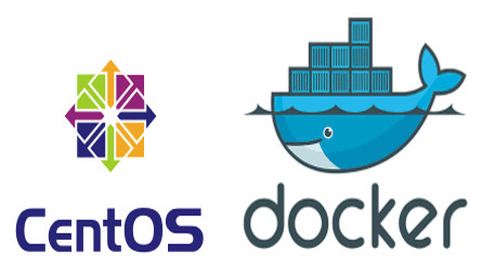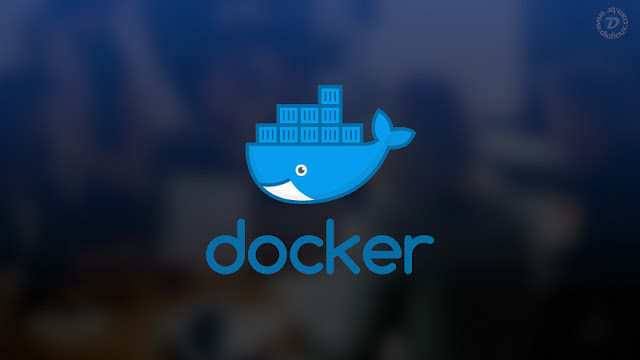
Docker uses a device mapper storage driver, and the device-mapper-persistent-dataand lvm2packages are required for it to run correctly. The yum-utilsswitch adds the yum-config-manager. The –yswitch indicates to the yum installer to answer “yes” to any prompts that may come up. Type in the following command: sudo yum install -y yum-utils device-mapper-persistent-data lvm2 The next step is to download the dependencies required for installing Docker. In a terminal window, type: sudo yum check-updateĪllow the operation to complete. Installing from Docker repositories using the yum command is the easiest and most popular method. CentOS Extras repository – this is enabled by default, but if yours has been disabled you’ll need to re-enable it.


Source code is available on Docker's GitHub page. The way how you work with Docker closely resembles to GIT. This command only pulls the image tagged centos:latest, which always points to the latest stable CentOS release, currently CentOS 7 (centos:centos7). Visit Docker's official website for comprehensive information about the project including documentation. To get the latest stable official CentOS image on Docker Hub: sudo docker pull centos. The finished builds can be found in the sig-cloud-images project, branched per version. The Docker images are built using ami_creator with the kickstart files in the sig-cloud-instance-build project. $ sudo docker run centos:latest cat /etc/centos-release Running a basic cat command using docker:

REPOSITORY TAG IMAGE ID CREATED VIRTUAL SIZEĬentos centos6 a30bc9f3097e 3 days ago 215.8 MBĬentos latest dade6cb4530a 3 days ago 224 MBĬentos centos7 dade6cb4530a 3 days ago 224 MB To verify the images have been fetched locally: To pull any other version of the CentOS image, for example CentOS 6: This command only pulls the image tagged centos:latest, which always points to the latest stable CentOS release, currently CentOS 7 ( centos:centos7). To get the latest stable official CentOS image on Docker Hub: For more information, see this blog post by Dan Walsh. The docker packages intentionally omit the creation of the docker group, as it allows for trivial root escalation on the host.


 0 kommentar(er)
0 kommentar(er)
